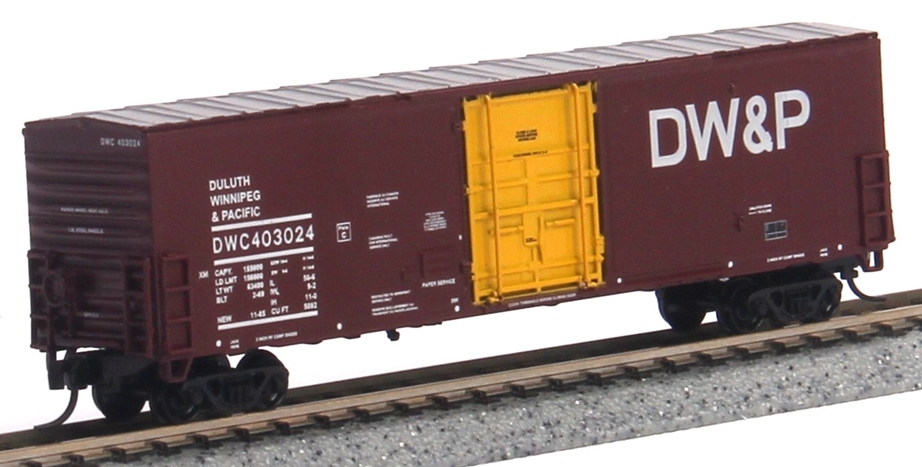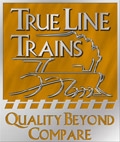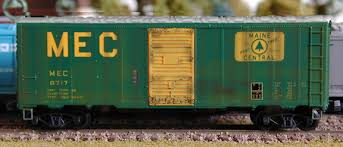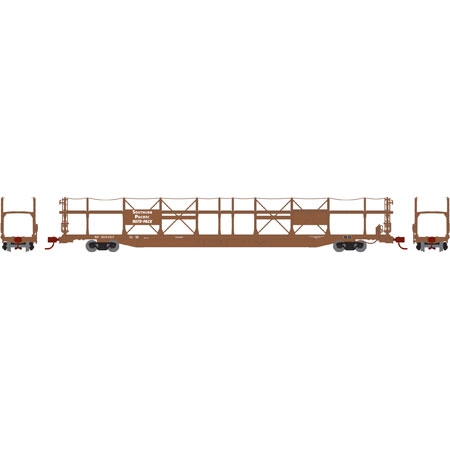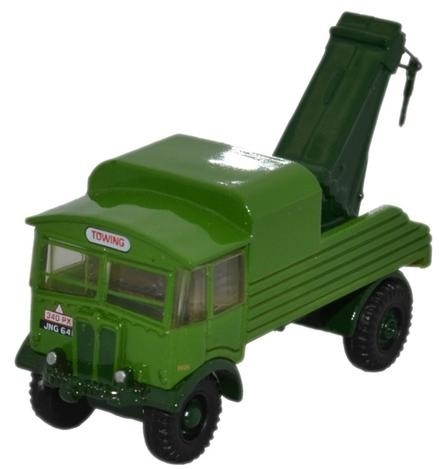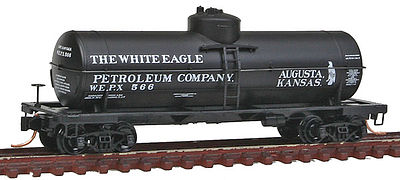Model Information: The first N-Scale release in the True Line Gold Series is based on the popular HO scale 50' Newsprint car. These cars are typical to the Gold Series products where they include hand applied detail parts including underbody details, Atlas trucks, metal door rods and separately molded ladders. These detailed and accurately decorated cars are prototypically Canadian and will be are at home on any layout.
A total of 3,592 cars were manufactured between 1967 and 1971 for six railroads. The vast majority of these cars remain in revenue service in 2008.
The cars have an inside height of 11' 0" enabling newsprint rolls to be loaded in two tiers to provide maximum protection to the bruiseable newsprint rolls, the cars have smooth interior walls and cushioned underframes. The cars feature an aluminum roof, NSC-designed corrugated ends either smooth or an exterior-post Youngstown 9' wide plug door.
- Micro-Trains(R) Line trucks and couplers
- Trucks are screw mounted
- Metal door braces
- Hand applied parts
- Prototypically correct
- Limited Run
- Gold Series Quality and packaging
- Unique and prototypically Canadian
- Canadian Roads and New Road #'s
A total of 3,592 cars were manufactured between 1967 and 1971 for six railroads. The vast majority of these cars remain in revenue service in 2008.
The cars have an inside height of 11' 0" enabling newsprint rolls to be loaded in two tiers to provide maximum protection to the bruiseable newsprint rolls, the cars have smooth interior walls and cushioned underframes. The cars feature an aluminum roof, NSC-designed corrugated ends either smooth or an exterior-post Youngstown 9' wide plug door.
Road Name History: 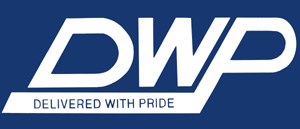 The DW&P was the result of the 1909 reorganization of the Duluth Rainy Lake & Winnipeg Railway. Under the control of the Canadian Northern, the DW&P completed their 167 mile line from Duluth, Minnesota, northwest to Fort Frances, Ontario on the U.S.-Canada border in 1912. At Fort Frances they connected with CNor’s mainline between Winnipeg and Thunder Bay. Canadian Northern became part of Canadian National in 1918 and control of DW&P passed to them at that time.
The DW&P was the result of the 1909 reorganization of the Duluth Rainy Lake & Winnipeg Railway. Under the control of the Canadian Northern, the DW&P completed their 167 mile line from Duluth, Minnesota, northwest to Fort Frances, Ontario on the U.S.-Canada border in 1912. At Fort Frances they connected with CNor’s mainline between Winnipeg and Thunder Bay. Canadian Northern became part of Canadian National in 1918 and control of DW&P passed to them at that time.
Their largest steam locomotive was a single 2-8-2. Most of the steam fleet consisted of 2-8-0s. The diesel fleet has run from a dozen to a dozen and a half units over the years. They have only had 4 models in the fleet – ever: RS-11’s (which were delivered with a long-hood-forward configuration like parent CN), SD40’s, GP38-2’s and a single NW2. Yes, DW&P was another railroad to have never bought a cab unit. The first diesel paint scheme was essentially the same as Canadian National’s from the same period, green and gold with black lettering. In 1960, CN turned to black with red ends and big white noodle logos. Although DW&P went with the paint color, apparently you just can’t boil a noodle long enough to spell “DW&P” so they went with simple gothic initials instead. Later, they adopted CN’s black and red with big diagonal white bands on the long hood. Later, DW&P went to solid Morency Orange with white frame stripe. Then DW&P ownership was transferred to CN’s US holding company Grand Trunk Corporation. At this point they began painting their engines blue with red ends such as that used on Grand Trunk Western..
The 1995 privitization of Canadian National brought the absorbtion of operations and the separate identities for GTW and DW&P (CV had been spun off.) Duluth Winnipeg & Pacific, known by locals as “The Peg”, is now a paper railroad and it is fairly common to see CN cars with DWP reporting marks.

Their largest steam locomotive was a single 2-8-2. Most of the steam fleet consisted of 2-8-0s. The diesel fleet has run from a dozen to a dozen and a half units over the years. They have only had 4 models in the fleet – ever: RS-11’s (which were delivered with a long-hood-forward configuration like parent CN), SD40’s, GP38-2’s and a single NW2. Yes, DW&P was another railroad to have never bought a cab unit. The first diesel paint scheme was essentially the same as Canadian National’s from the same period, green and gold with black lettering. In 1960, CN turned to black with red ends and big white noodle logos. Although DW&P went with the paint color, apparently you just can’t boil a noodle long enough to spell “DW&P” so they went with simple gothic initials instead. Later, they adopted CN’s black and red with big diagonal white bands on the long hood. Later, DW&P went to solid Morency Orange with white frame stripe. Then DW&P ownership was transferred to CN’s US holding company Grand Trunk Corporation. At this point they began painting their engines blue with red ends such as that used on Grand Trunk Western..
The 1995 privitization of Canadian National brought the absorbtion of operations and the separate identities for GTW and DW&P (CV had been spun off.) Duluth Winnipeg & Pacific, known by locals as “The Peg”, is now a paper railroad and it is fairly common to see CN cars with DWP reporting marks.
Brand/Importer Information: The Canadian distributor for Life-Like products, Hobbycraft Canada, saw a missing segment in market for Canadian model prototypes, and started producing a few Canadian models that were later, with a few modifications, offered in the US market with US roadnames. At a later point Hobbycraft Canada was renamed Life-Like Canada.
When Life-Like was acquired by Walthers, Life-Like Canada was spun off and renamed True Line Trains. They are known as manufacturers of prototypically accurate HO- and N-scale locomotives and freight cars.
When Life-Like was acquired by Walthers, Life-Like Canada was spun off and renamed True Line Trains. They are known as manufacturers of prototypically accurate HO- and N-scale locomotives and freight cars.
Item created by: Alain LM on 2016-07-27 08:04:25. Last edited by Alain LM on 2016-07-27 11:04:25
If you see errors or missing data in this entry, please feel free to log in and edit it. Anyone with a Gmail account can log in instantly.
If you see errors or missing data in this entry, please feel free to log in and edit it. Anyone with a Gmail account can log in instantly.


